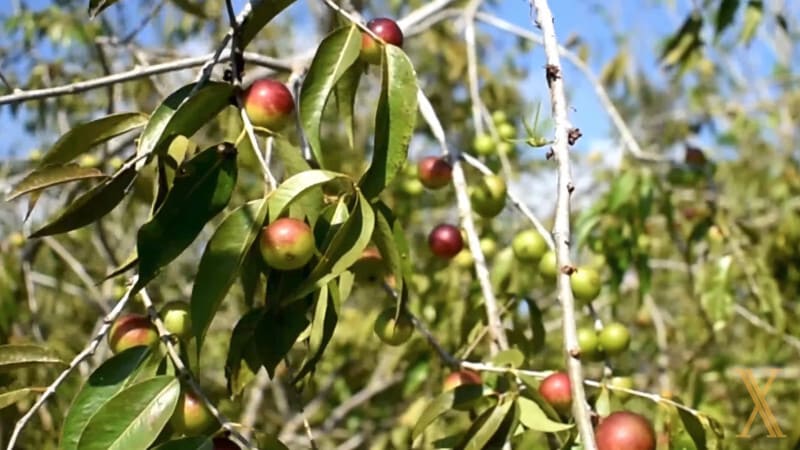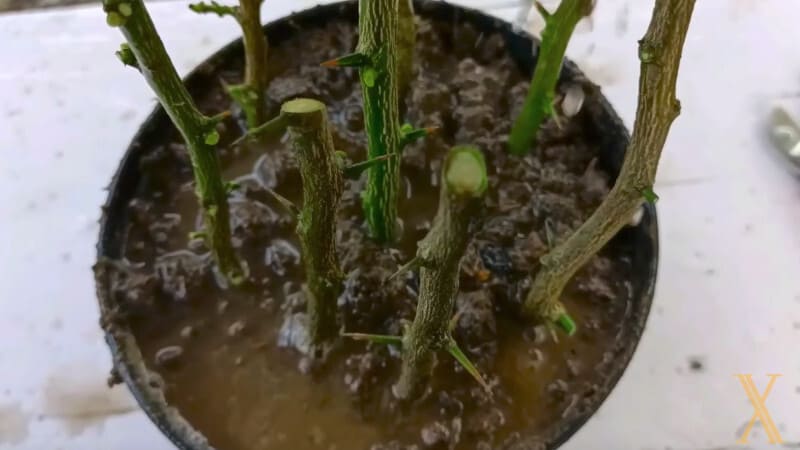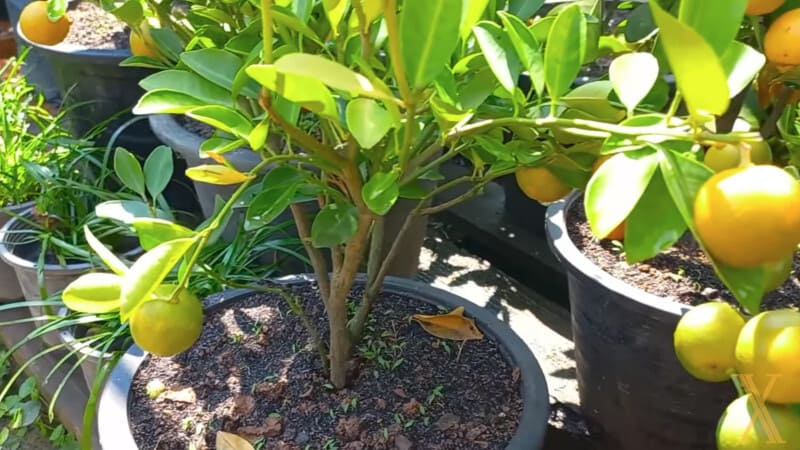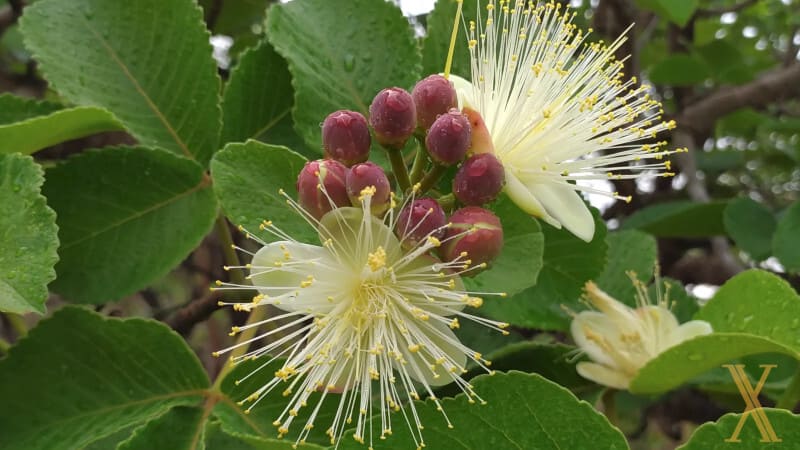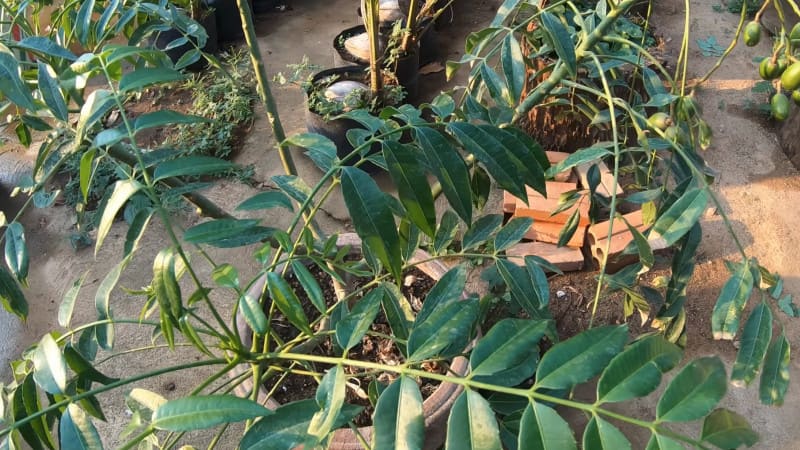
The Ambarella is a large fruit tree that provides a perfect shade that favors other crops and gives off the fruit of delightful flavor. This tree is said to be native to tropical America and is seen in great abundance in the West Indies.
Among its characteristics can be highlighted the color of the trunk, which tends to be brown or gray. The leaves are foliate and measure approximately 18 to 40 cm long, as the flowers are presented in clusters grouped in inflorescences of white or cream color. The fruit is rounded, roughly 2 to 4 cm long, and turns a yellowish tint or orange in its ripening phase.
Propagation or multiplication of the Ambarella
The propagation or multiplication of this tree starts from the seed, so you must follow the following steps:
- Step 1: Pulp the seed. Eat the fruit or remove the pulp to separate it from the seed.
- Step 2: You should carefully clean the seeds obtained with water (with a drop of dishwasher) and a sponge or scourer.
- Step 3: After washing, rinse the seed well until all the foam produced in the washing is removed, and then put it to dry for 24 hours.
- Step 4: Fill a pot about 10 cm in diameter with a universal growing substrate or suitable soil, fertile and rich in organic matter and humid.
- Step 5: A maximum of 2 seeds are introduced into the pot and then covered with a thin layer of the same substrate previously used.
- Step 6: Finally, the surface of the substrate is sprayed with water and placed in a semi-shade so that the germination process begins.
If you carried out the steps correctly and everything is going properly, you should see the seed germination in 2 or 3 weeks to obtain the seedlings in the seedbed.
Maintenance and Growing Factors
If the idea is to carry out the cultivation of this species, it is essential to consider the following carefully so that you get a good crop:
Location
The Ambarella tree can be quickly grown in open areas where the weather does not show any symptoms of frost, as this is a tropical tree. However, in planting near construction areas, you should consider a distance of 5 to 6 meters from the walls, pipes, or others.
Soil
To plant this tree is to consider the land’s properties. In this case, the soil must have good organic matter, be fertile, have a pH of 6 (slightly acidic), and present a good drainage system.
Watering
This tree must have a perfect irrigation system since it is not tolerant to drought; therefore, you should do it frequently every four days. In the dry summer, do it every two days, placing approximately 3 to 5 liters of water.
For good nutrition of the tree by watering, it is suggested to add half a lemon or a few drops of vinegar in a liter of water when irrigation is applied. But preferably, use rainwater or limeless water.
Fertilizing
The fertilization of the soil must be with organic fertilizer, specifically in the fruiting and flowering seasons. For this, you can use chicken manure or guano, eggshells, or banana, among other natural fertilizers that can be used for better results.
Climate
The most appropriate climate for the cultivation of Ambarella should be a tropical climate; specifically, it must have a minimum temperature of 18°C or higher, but not higher than 30°C, since it can significantly delay the growth of the plant. In addition, this type of crop does not withstand the cold.
Harvest
The fruit, when fully ripe, tends to fall from the tree and can still be marketed.
The best way to collect the fruit is when it begins to change color to have more durability for sale before full ripening.
Generally, the ripening of the fruit is obtained between 6 and 12 weeks per crop, which is why it is expected to harvest and be able to carry out the respective distribution of it.
The harvesting occurs between May and August.
After harvest
It should be borne in mind that after having harvested the fruits of Ambarella when it changes color in 5 days is already fully ripe and therefore has an estimated duration of one week before rotting.
Sizes and colors should classify these because you can remove gamboge spots. These spots are a pigment that tends to be mustard yellow.
It takes at least eight years to obtain the fruits before the tree begins to bear fruit. However, it can produce between 200 and 1500 fruits for each plant after reaching the corresponding age.
Diseases and pests
This plant does not tend to suffer from the attack of many pests and less from diseases. However, some can affect the healthy growth of the fruit, among which we can mention the following:
- Several types of caterpillars feed on the leaves, which can cause more significant damage because it causes the fall of the fruit.
- The gamboge is a type of stain that can appear on the fruit’s skin and turn yellowish.
In addition, some types of diseases have been identified, among which it is worth mentioning fungal infections, which produce root rot.

